Başarılı Projeler için ödüllü Çözüm ortağınız
Özel Yazılım Geliştirme
Start-Up Çözümleri
Mobil Uygulama Geliştirme
E-Ticaret Yazılımı
Özel Tasarım Web Sitesi
Başarılı Projeler için ödüllü Çözüm ortağınız
Digital PR Yönetimi
E Ticaret Danışmanlığı
Internet Reklamları
Başarılı Projeler için ödüllü Çözüm ortağınız
Kubernates
DevOPS
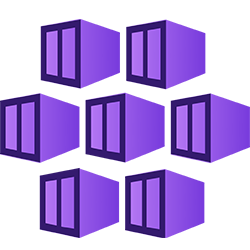
Azure AKS (Azure Kubernetes Service)
DevOPS

Docker
DevOPS
.NET Core 8.0
Backend

Socket.IO
Backend
Redis
Backend
Microsoft SQL
Backend
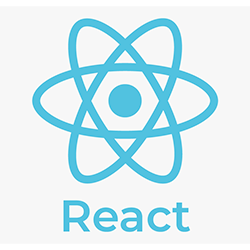
React.js
Frontend

TypeScript
Frontend
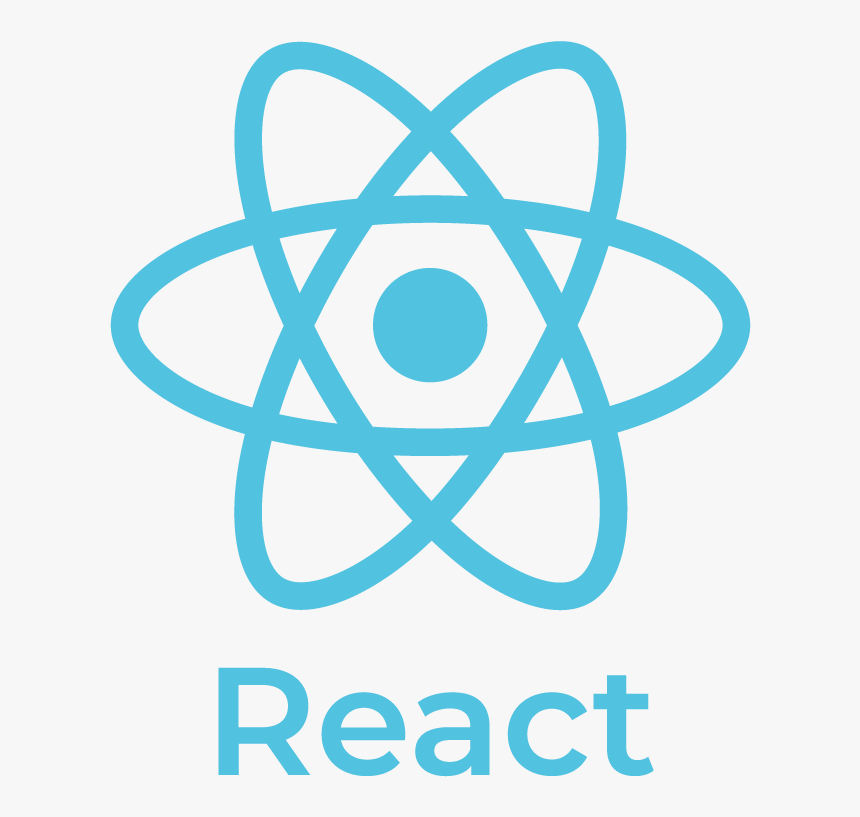
React Native
Mobile Development

Next.Js
Frontend

Tailwind CSS
Frontend
Figma
UI /UX
Teknolojilerimizi Keşfedin
>
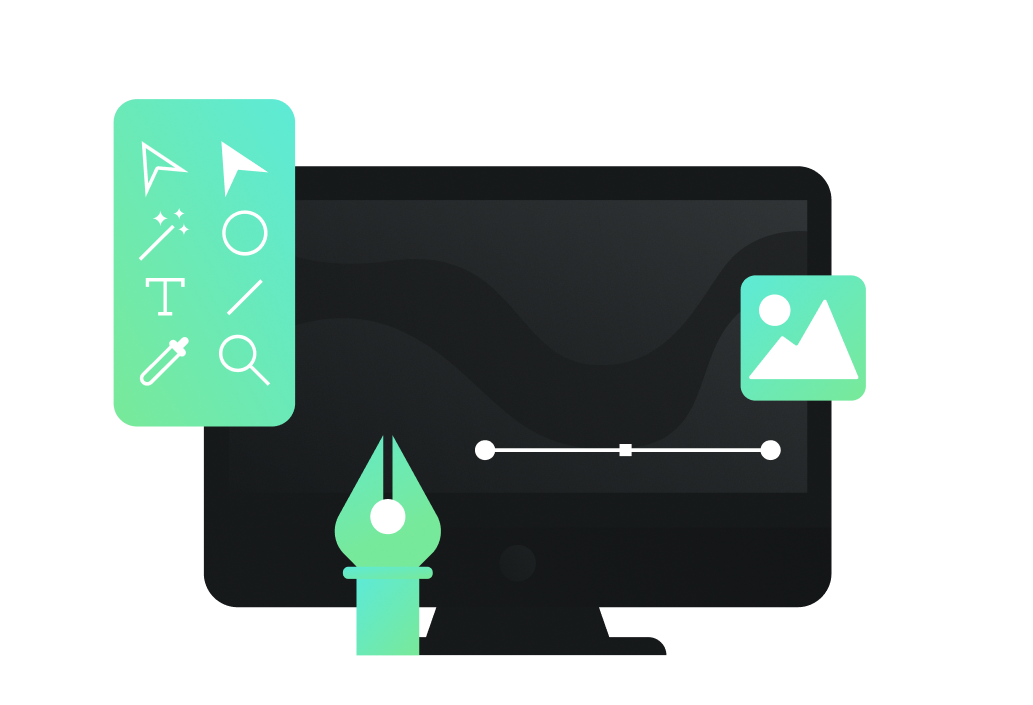
Girişiminizin her adımında yanınızdayız. PR Yazılım olarak, startup’ınıza özel yazılım çözümleri, dijital pazarlama stratejileri ve büyümenizi destekleyen kapsamlı danışmanlık hizmetleri sunuyoruz. İhtiyaçlarınıza uygun planlama ve optimizasyon süreçleriyle işinizi hızla büyütmenize yardımcı oluyoruz.
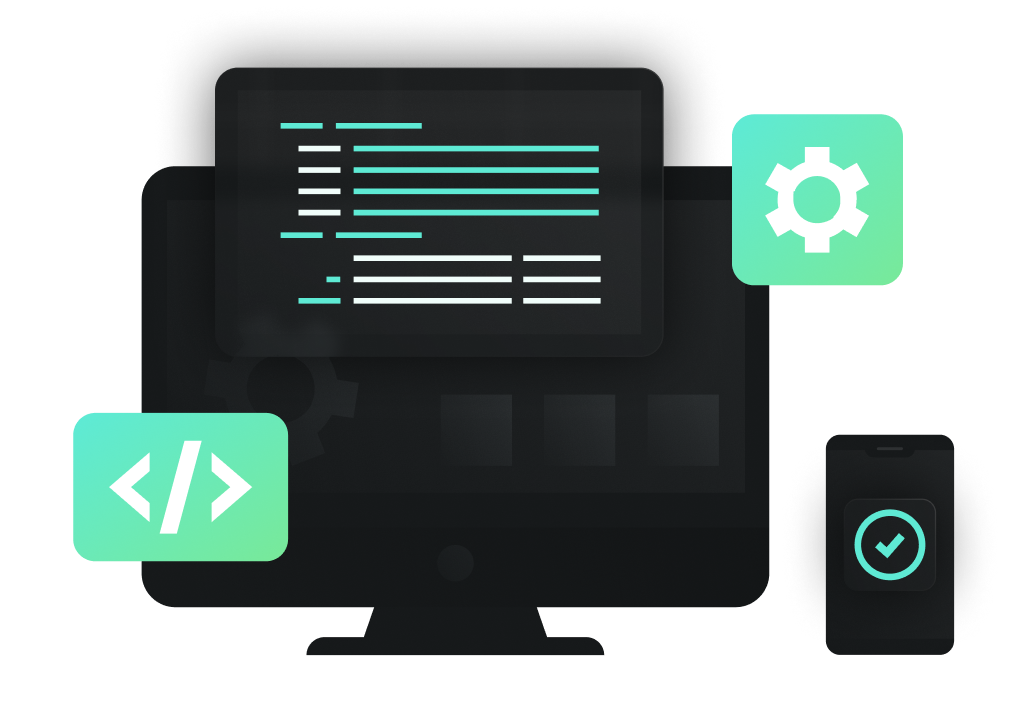
Firmanıza ya da işinize özel ürettiğimiz yazılımlar ile ihtiyacınıza göre esnek ve performans odaklı çözümler geliştiriyoruz. PR Yazılım, CRM, ERP, MRP, mobil uygulamalar gibi kritik alanlarda işinizi destekleyen, ölçeklenebilir özel yazılım hizmetleri sunar.

Hedef kitlenize en doğru şekilde ulaşmanızı sağlayan performans odaklı reklam stratejileri geliştiriyoruz. Google Ads, sosyal medya reklamları ve diğer dijital platformlarda işletmenizin görünürlüğünü artırarak satışlarınızı yükseltecek kampanyalar sunuyoruz.
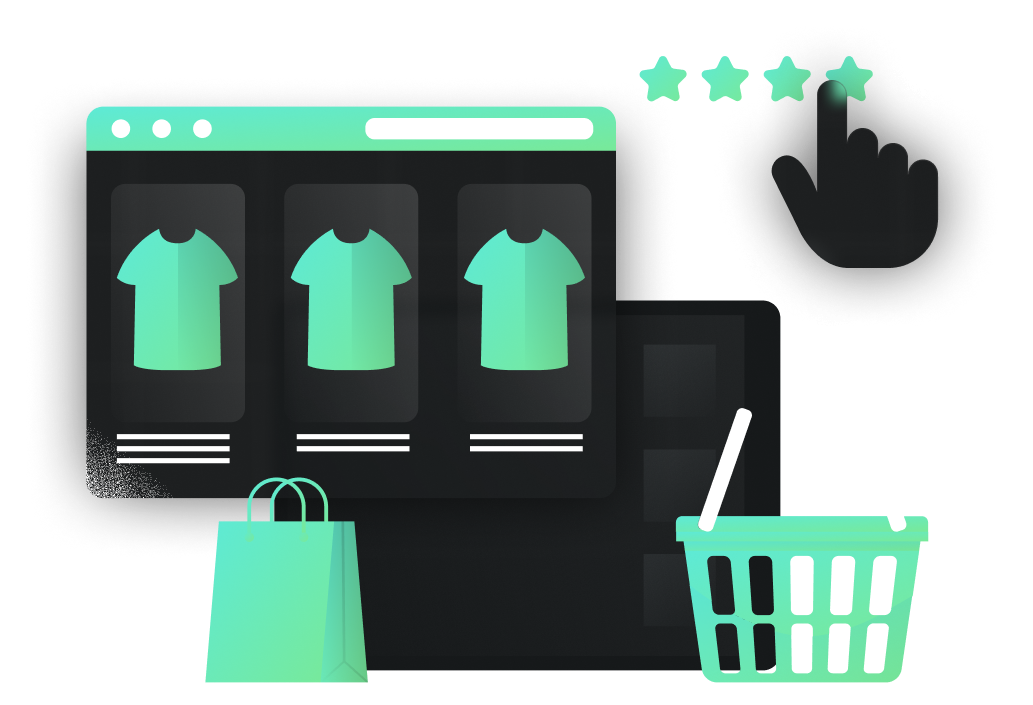
E-ticaret dünyasında başarılı olmak için yanınızdayız. PR Yazılım, e-ticaret operasyonlarınızı optimize etmek, satışlarınızı artırmak ve dijital pazarlama stratejilerinizi geliştirmek için profesyonel danışmanlık hizmetleri sunar. Dijital varlığınızı büyütmek ve sürdürülebilir başarı sağlamak için stratejik çözümler üretiyoruz.
>
Firmanıza ya da işinize özel ürettiğimiz özel yazılımlar ile "terzi dikimi" algoritmalar ile size ve işletmenize özel çözümler geliştiriyoruz. CRM, ERP, MRM, Mobil Uygulama.
>
Size en iyi ve en günceli vermek konusunda iddialıyız. Geleceğe yatırım ürünleriniz için son teknolojileri kullanıyoruz.

Docker
.NET Core 8.0
Kubernates
Redis
Microsoft SQL
Figma

TypeScript

React.js

React Native

Next.Js

Tailwind CSS

Socket.IO

Azure AKS (Azure Kubernetes Service)
>
En yeni teknoloji gelişmeleri hakkında kısa bilgi..
Üzerine düşünmek ve planlamakla yorulmayın. Sorularınızın ve ihtiyaçlarınızın yanıtını sizin yerinize biz verelim. Planlamaktan, hayata geçirmeye tüm süreçlerde yanınızda olalım.
>
İşletmenizin dijital dünyada fark yaratması için buradayız. Sorularınızı yanıtlamak ve size özel çözümler sunmak için bizimle hemen iletişime geçin. Başarıya giden yolda ilk adımı birlikte atalım!
© 2024 PR YAZILIM - Tüm hakları saklıdır